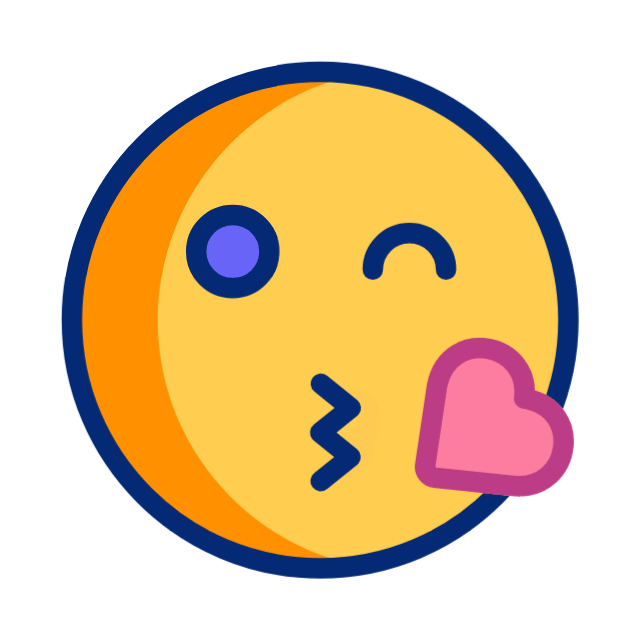Hashtags are more than just trends—they’re one of the most powerful tools to boost your social media visibility, reach new audiences, and increase engagement. But using them effectively takes more than just slapping #blessed on your next post.
In this ultimate guide to hashtags, we break down:
What hashtags actually do
The psychology and algorithm behind them
How to use them on each platform (with examples)
Mistakes to avoid
Let’s unlock the true power of #hashtags.
? What Are Hashtags and Why Do They Matter?
A hashtag is a keyword or phrase preceded by the # symbol, used to categorize content and make it discoverable to people who don’t already follow you.
Hashtags:
Help content appear in topic feeds
Connect your content to communities
Increase reach and engagement
Signal trends or movements (
#MondayMotivation,#BlackLivesMatter)
Think of them like search terms—the right ones help people find you.
? The Psychology and Algorithms Behind Hashtags
Hashtags work because:
People search and follow them
Platforms index them to organize content
They trigger association—viewers know instantly what your post is about
For example:
#Foodie= relatable to food lovers#NFTArt= specific to a niche audience
On platforms like Instagram and TikTok, hashtags influence the algorithm’s recommendations, showing your content to people with matching interests.
? How to Use Hashtags by Platform
Best Practice: 5–10 hashtags
Mix: Broad (
#travel) + Niche (#budgetbackpacker) + BrandedPost location-based tags for local reach
✅ Example:#TravelTips #BackpackerLife #SoloTravel #ThailandDiaries #Wanderlust
? X (Twitter)
Best Practice: 1–2 hashtags
Keep it relevant and avoid clutter
Use trending tags (when relevant) to enter live conversations
✅ Example:
“Content is king, but distribution is queen. ? #ContentMarketing #SocialMediaTips”
? TikTok
Best Practice: 3–5 hashtags
Use trending tags, challenges, or sounds
Combine popular and niche hashtags to boost discoverability
✅ Example:#DayInTheLife #ProductivityHack #WorkFromHomeVibes
Best Practice: 3–5 hashtags
Professional tone: industry, topic, or sector-specific
Avoid humor or vague hashtags
✅ Example:#Leadership #DigitalTransformation #RemoteWork
Best Practice: Use 2–5 in pin descriptions
Use descriptive, keyword-focused tags
✅ Example:#WeddingInspo #BohoBridal #DIYCenterpieces
❌ Common Hashtag Mistakes to Avoid
Too many hashtags (looks spammy)
Generic hashtags only (too competitive)
Irrelevant hashtags (hurts trust + engagement)
Using banned or broken tags (can shadowban you)
Tip: Check if a hashtag is banned by searching it in-app. If no results appear—it’s likely blocked.
?️ Tools to Help You Find the Right Hashtags
Hashtagify.me – Research popularity & trends
RiteTag (via RiteKit) – Instant hashtag suggestions
All Hashtag – Generator & analytics
In-app suggestions (Instagram, TikTok) – Based on content
? Pro Tips for Hashtag Success
Create a branded hashtag (e.g.,
#JustDoIt) for campaigns or communitySave and rotate hashtag sets for variety
Analyze post performance and tweak based on results
Combine broad + niche tags for optimal reach
✅ Conclusion: Hashtags That Actually Work
Hashtags aren’t dead. In fact, when used right, they’re one of the most underrated growth hacks in social media.
? The key? Relevance, quality, and strategy.
When in doubt, focus on real people, not just algorithms—use hashtags that real users are exploring.
Start small. Be intentional. Track your results.
And always keep it #authentic.









